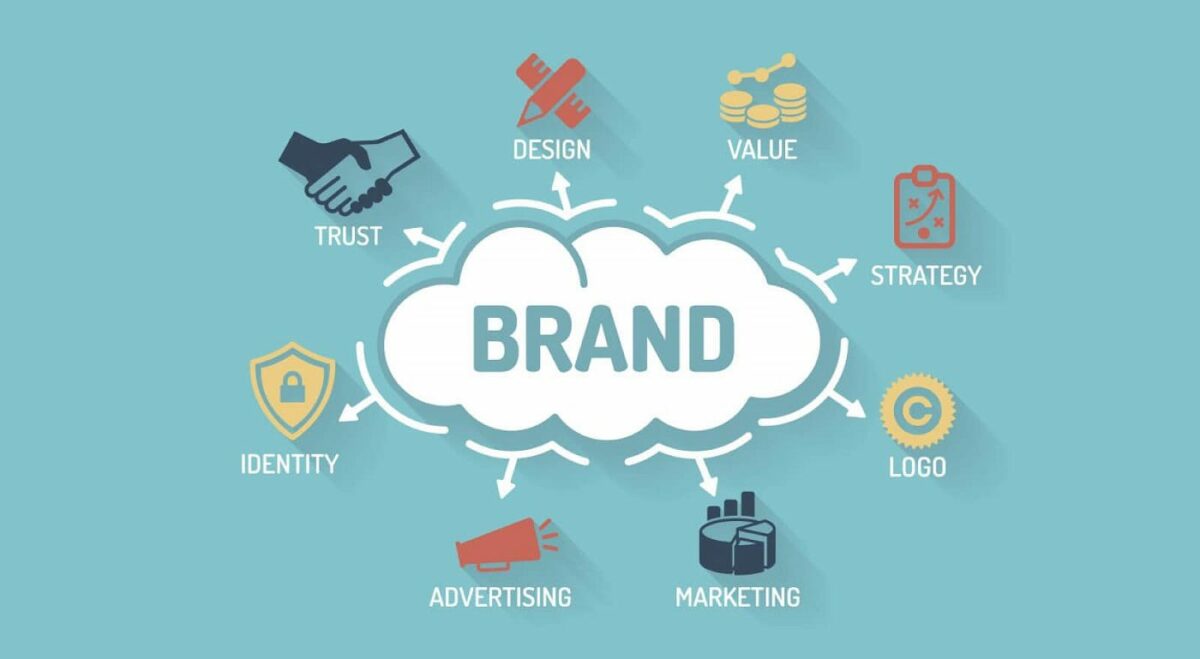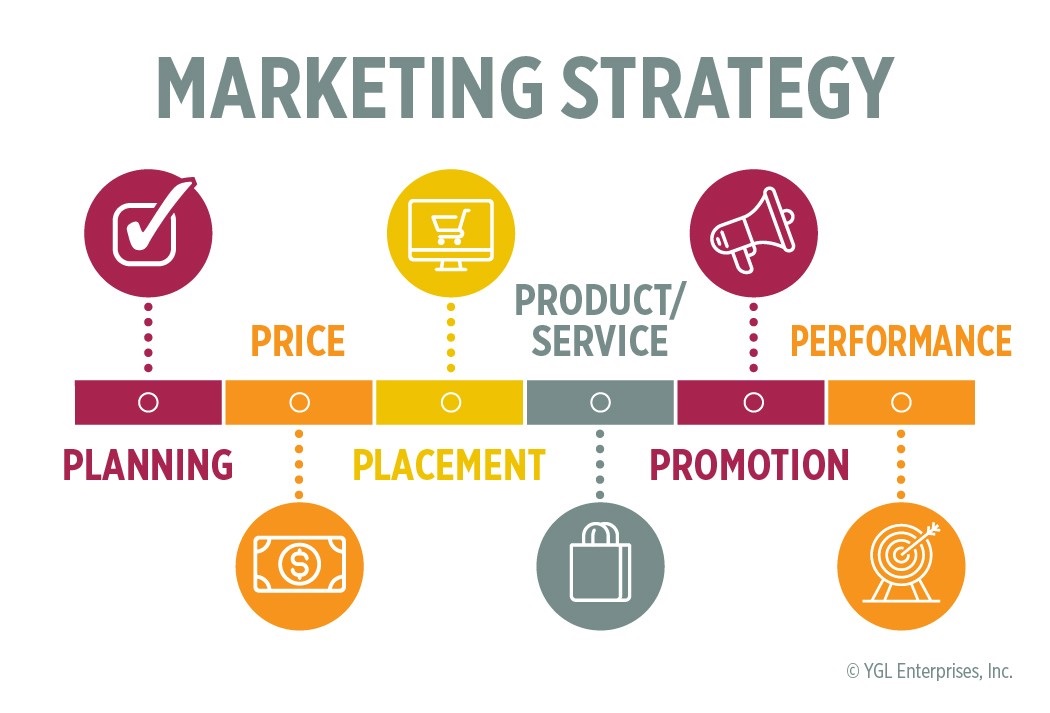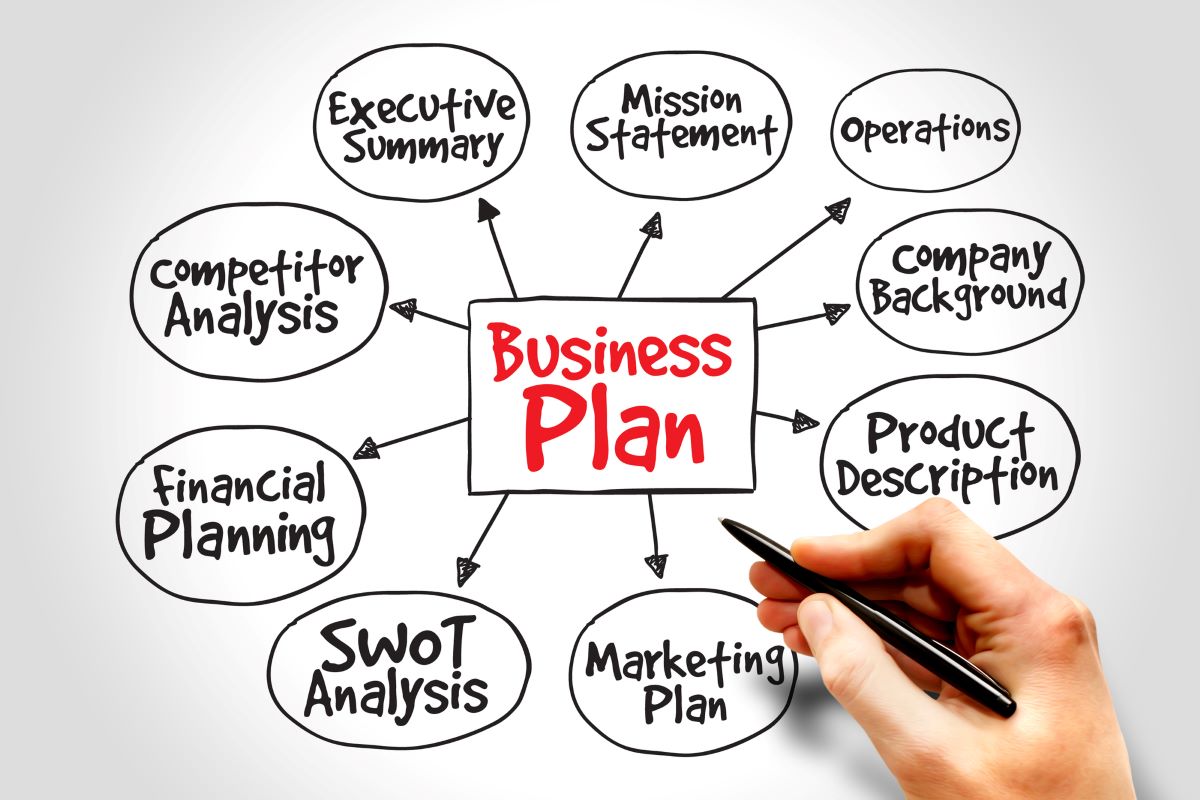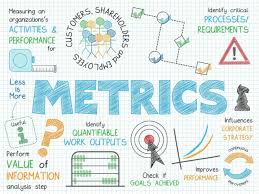Identity of a Brand: What Is It? & How to make One
An individual’s brand identity is comprised of a variety of components, including the logo, colors, typography, and images that are representative of the brand.
However, it is not just about appearances. Aside from that, it incorporates the personality and values of the company. as well as how it is interpreted.
The DNA of your brand is made up of your brand identity. The distinctiveness, resemblance, and memorability of your brand are all due to one thing.
In the same way that individuals have their own distinct personalities, styles, and beliefs, a brand similarly has distinctive qualities that set it apart from other brands operating within the same sector. Through these characteristics of brand identity, greater ties with individuals may be established. How to make the brand seem more approachable and human.
However, these physical and emotional characteristics are just a small part of what constitutes a brand’s identity.
In addition to that, there is a strategic component to it.
Having a powerful brand identity is not something that simply happens by luck. In-depth consumer study, meticulous planning, and execution are all necessary steps in order to mold the way in which people see and interact with the brand.
Why Is It Important to Have a Brand Identity?
The identity of your brand is the key to distinguishing yourself from the competition, being recognized, and establishing meaningful relationships with your clientele. This is the secret sauce that transforms one-time customers into devoted followers for life.
We live in a world that is replete with options. Numerous brands are offering items or services that are comparable to one another. Customers often choose to purchase experiences, stories, and connections since there are so many possibilities available to them. Instead than focusing only on the products or services themselves.
In addition, having a powerful brand identity enables you to share your narrative, establish a stronger connection with your audience, and cultivate trust and loyalty among your customers.









